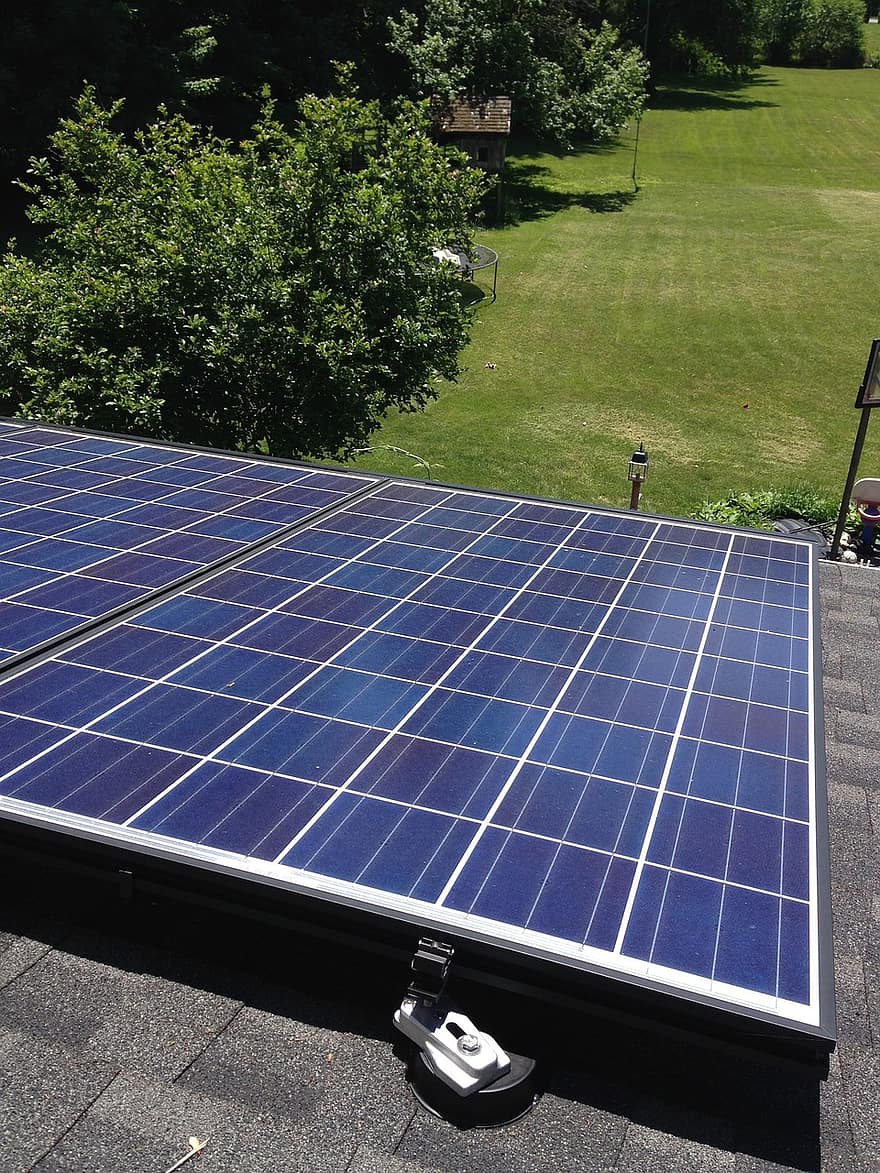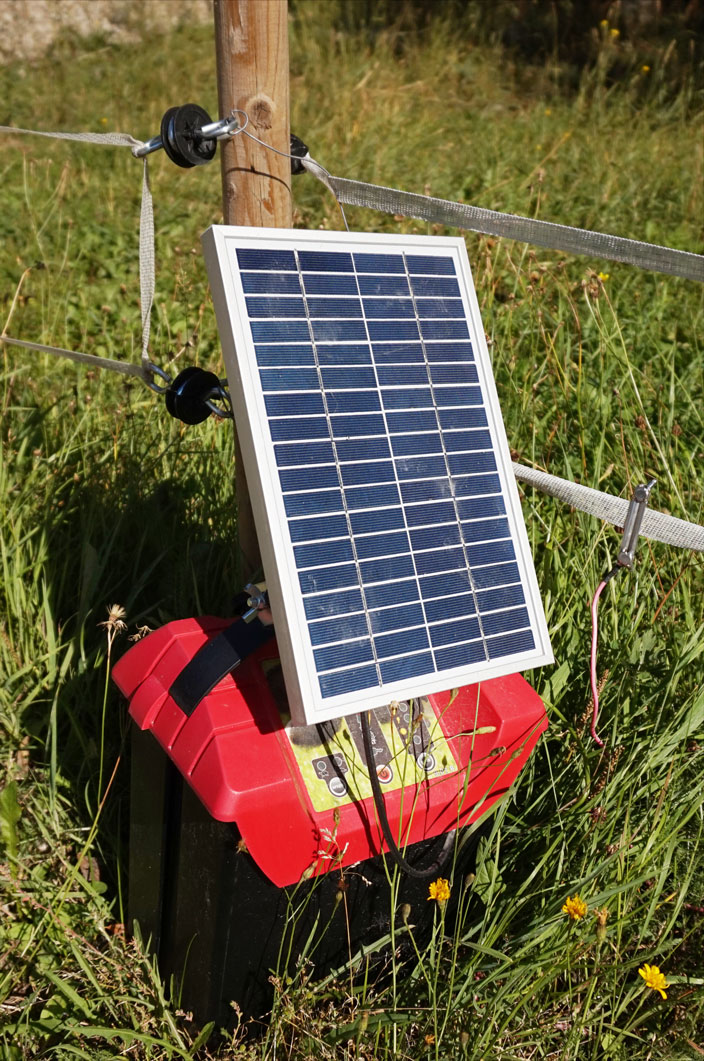Understanding Solar Power
The use of solar power has increased considerably in the 21st century, especially over the past several years. While people were mainly dependent on fossil fuels and other non-renewable resources as their means of energy, environmental consciousness has begun to initiate a transformation in the energy sector. Despite its growing popularity, there is still a lack of knowledge amongst the population regarding solar power.
What is Solar Power?
Unlike fossil fuels, solar power is green renewable energy that is generated from solar radiation. This radiation can be converted into thermal or electric energy through a process called photovoltaic effect. While solar power can be used to heat fluids or indoor spaces, it is most commonly used for photovoltaic solar panels to produce electricity. If it is harnessed appropriately, solar power has the ability to meet the current as well as future energy demands.
The total amount of solar energy received by Earth majorly exceeds the energy requirements of the planet, with it getting more than 200,000 times the total daily electricity generating capacity in the world. The amount of energy provided to the earth by the sun in one single hour can meet global energy requirements for an entire year. This is evident of the fact that there is huge potential for solar power.


How Does Solar Power Work?
To harness solar energy, solar photovoltaic (PV) systems are used. These are also known as solar panels, solar power systems, or solar energy systems. These are able to convert sunlight into electricity, which can then be used to power residences, businesses, or even cars! Solar panels are made up of solar cells with electrical contact plates on the surface, which are mainly comprised of silicon. This element is used due to its conductive characteristic and ability to generate an electric current when exposed to sunlight.
To make a solar panel, the silicon electrical plates are laid out in the form of a grid with a protective backsheet as well as a glass cover on the front. Inverters are needed to convert solar electricity into a form that can be used in buildings or vehicles. Several solar panels are needed to generate sufficient electricity to power homes or offices, and this collection of panels in the solar power system is known as an array.
What is the Durability of Solar Panels?
Good quality solar panels have been guaranteed under warranty by manufacturers to last for at least 25 years. While the efficiency of the panels may decrease over time, solar panels continue to work even after the warranty time period is up. For instance, if a panel is supposed to generate 400 watts of electricity, it will probably reduce the output to 340 watts after 25 years.
Solar power systems are known to be extremely reliable, with over 75% of solar panels outperforming their warranty period. While panels themselves are able to withstand longer time periods, inverters and batteries may need to be changed more frequently. While inverters are expected to last from 10-20 years, batteries will need to be replaced every 3-15 years depending on how well maintained they are. However, the costs of replacing these parts can be factored into the total long-term savings from the system.



